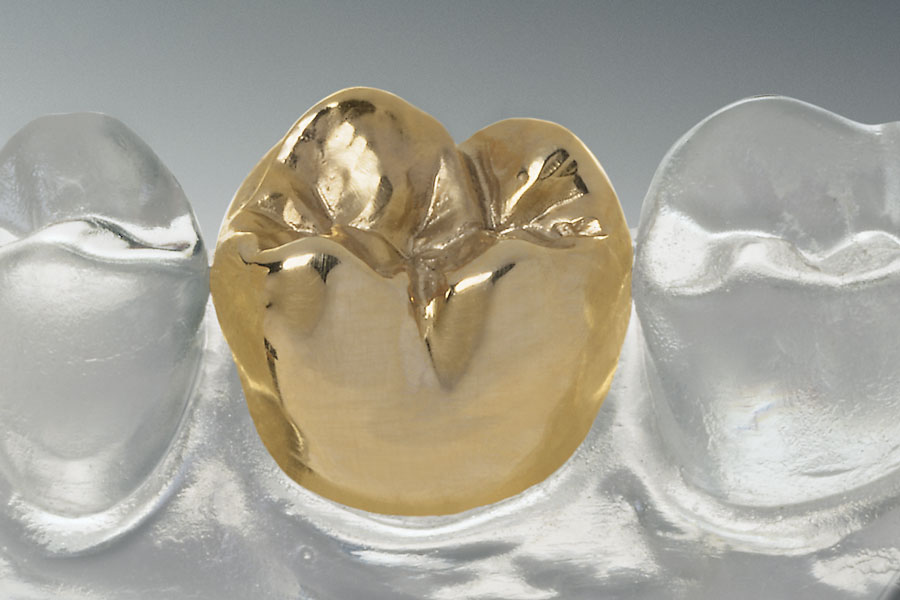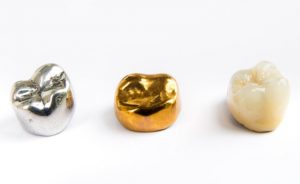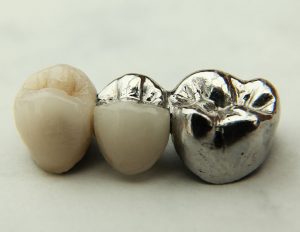Anyone considering which option to choose to restore their smile and strengthen their teeth can be spoilt for choice when it comes to crowns and different types of veneers. Both options are readily available, highly popular and can produce 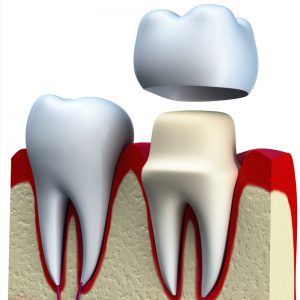
Both techniques work by covering up a tooth or teeth that may have grown unsightly due to a number of issues, such as discolouration, staining, chips or cracks or simply becoming misaligned or crooked in the row of teeth.
They can also help strengthen compromised teeth and protect expensive dental work such as root canal work, fillings and other restoration treatments. Both can be extremely effective treatments and can last for years, depending on the materials used and the after-care observed by the patient and their dental care team.
The fundamental difference between dental veneers vs crowns is that a veneer involves attaching a thin layer of protective material, such as porcelain, resin or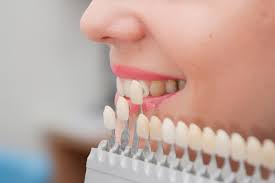
Crowns are more durable than veneers due to their shape and the thickness of the material used. Veneers are very strong too, but they tend to be more brittle and therefore prone to damage from the sharp, heavy or repeated force.
Treatment techniques for Veneers and Crowns
Crowns vs veneers both require a series of appointments to be fitted, due to their bespoke nature – both forms of dental restoration are carefully shaped to give a highly precise fitting. This prevents plaque, food debris and bacteria from getting in between the tooth and its veneer or crown and causing painful and awkward infections or decay.
Veneers are usually wafer-thin and are applied to the front face of the tooth. Occasionally, they can also be fixed to the biting edge and even the back of the tooth to reinforce stability and reduce erosion where this is needed most. In many types of veneer, a thin layer of the natural tooth’s enamel must be shaved away to allow the veneer to stick more strongly to the surface.
This is a fundamental difference between a veneer and a crown as the latter requires more severe preparation to trim the tooth in a way that will receive the crown best and to remove all signs of infection and decay.
In both cases, modern computer-aided design technology enables the finished product to be created to exactly match the surface it is intended for, once initial measurements and impressions have been taken. Often, a temporary version is made to allow the patient to get used to the addition and enable fine alterations to be made before the permanent version is installed.
Which one is better? Crowns or Veneers
Veneers tend to be the better option for patients seeking aesthetic improvements, or overall strengthening of the row of teeth. They can also help correct minor issues and superficial misalignment. In using veneers in this way, patients can often delay or remove the need entirely for orthodontic intervention such as braces.
Veneers are also a great solution for anyone seeking a temporary new smile for such occasions as weddings or parties, as some veneers are entirely reversible and can be installed and removed without causing any damage to the teeth underneath.
One potential downside with veneers is that they can be considered a solely cosmetic dental procedure and so will not always be covered by medical insurance policies. It is well worth checking out the small print on your policy before committing to expensive veneer treatment at the dentist.
Crowns, on the other hand, are far better suited to more severe dental treatment situations, such as deep fillings or badly broken or cracked teeth. They are also commonly used following root canal treatment to protect the tooth underneath and prevent any further damage that might lead to it having to be removed under extraction.
Crowns can also help in situations where the biting edge of a tooth or teeth has become compromised through grinding. This is because a crown will cover the top of the tooth, whereas the veneer will normally only sit against the front. A crown can help build the height of an eroded tooth back up so that it sits in alignment with its neighbours once more.
Post-treatment protection
As with any dental procedure, after-care is crucial for long-term success. Maintain an excellent brushing and flossing routine, at least twice a day and visit your dentist and hygienist for regular check-ups. If you feel any pain, book an appointment with your dentist immediately so that it can be resolved and try not to damage your veneers or crowns by biting down on them too hard or exposing them to heavy or sharp impacts.
Always wear a mouthguard when playing sports such as rugby, hockey or cricket. Remember that your new and beautiful smile is one of the many things that people will remember most clearly about you and something that will boost your self-confidence for years to come.


